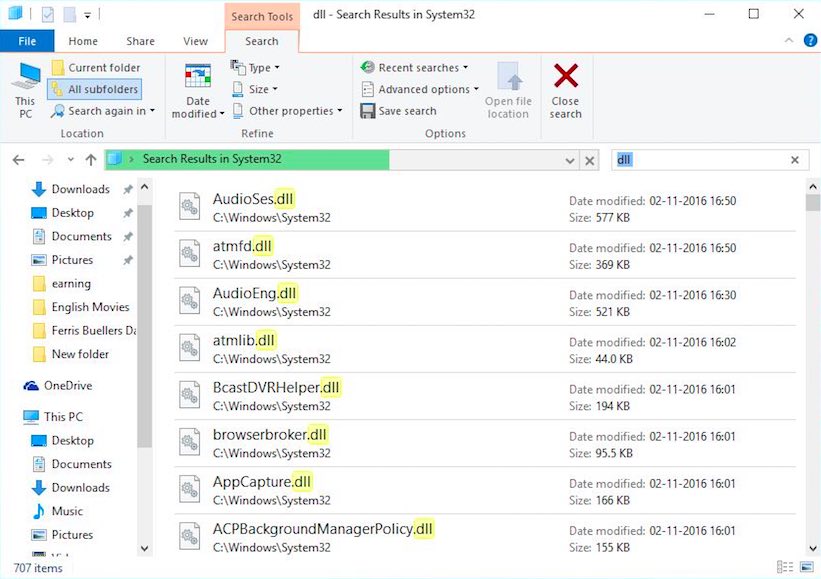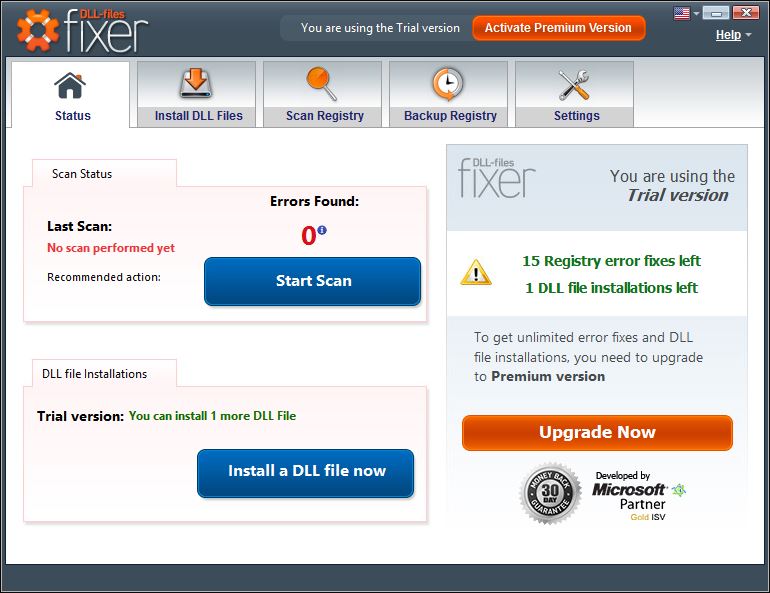
:max_bytes(150000):strip_icc()/001_how-to-restore-a-missing-directx-dll-file-2624516-ef39d159508e4d718ae8bd0020997225.jpg)
For example, suppose that a DLL contains two source code modules, one C and one C++, which contain two functions to be exported, my_C_export and my_Cpp_export respectively.
#Microsoft dll files windows
It is defined in Windows header files as WINAPI, which is in turn defined using the Win32 declarator _stdcall.Ī DLL-export function for use with Excel (whether it is a worksheet function, macro-sheet equivalent function, or user-defined command) should always use the WINAPI / _stdcall calling convention. The standard inter-process calling convention for Windows used by DLLs is known as the WinAPI convention. The way the name is decorated depends on the language and how the compiler is instructed to make the function available, that is, the calling convention. The export name can be the name as it originally appeared in the source code, or something else. This can mean telling the linker to associate the decorated name with a simpler export name. You need to make sure that the function is exported with a name that is recognizable to the application loading the DLL. They usually do this by adding to the beginning and/or end of the name, in a process known as name decoration.

When compilers compile source code, in general, they change the names of the functions from their appearance in the source code. This section describes the ways this can be done. When compiling a DLL project, the compiler and linker need to know what functions are to be exported so that they can make them available to the application. Given that the API source code provided with Excel is C and C++, only these two languages are considered in this documentation. You can create DLLs in several languages, for example, C/C++, Pascal and Visual Basic. They also provide a great deal more: smart editors, tools to debug your code, tools to manage multiple projects, new project wizards, and many other important tools. Modern integrated development environments (IDEs), such as Microsoft Visual Studio, provide all of these things. A linker to add code from static libraries, where used, and to create the executable DLL file.A compiler to turn source code into object code that is compatible with your hardware.

You can use DLLs to add worksheet functions and commands in Microsoft Excel.
#Microsoft dll files update
DLL developers can update DLLs-perhaps to make them more efficient or to fix a bug-without having to update all the applications that use it, provided that the exported interface of the DLL does not change.Application and DLL developers only need agree an interface between their respective parts. They enable large development projects to be broken down.Applications' executable files are kept smaller.All applications can share a single copy on disk.The main benefits of DLLs are as follows:

One DLL can load and dynamically link to another DLL. The application loads a DLL when it is needed, usually when the application starts up. Static libraries (such as the C run-time library) are linked to the application at compilation and so become part of the resulting executable. Libraries can be either statically linked or dynamically linked, and they conventionally have the file name extensions. Applies to: Excel 2013 | Office 2013 | Visual StudioĪ library is a body of compiled code that provides some functionality and data to an executable application.


 0 kommentar(er)
0 kommentar(er)
